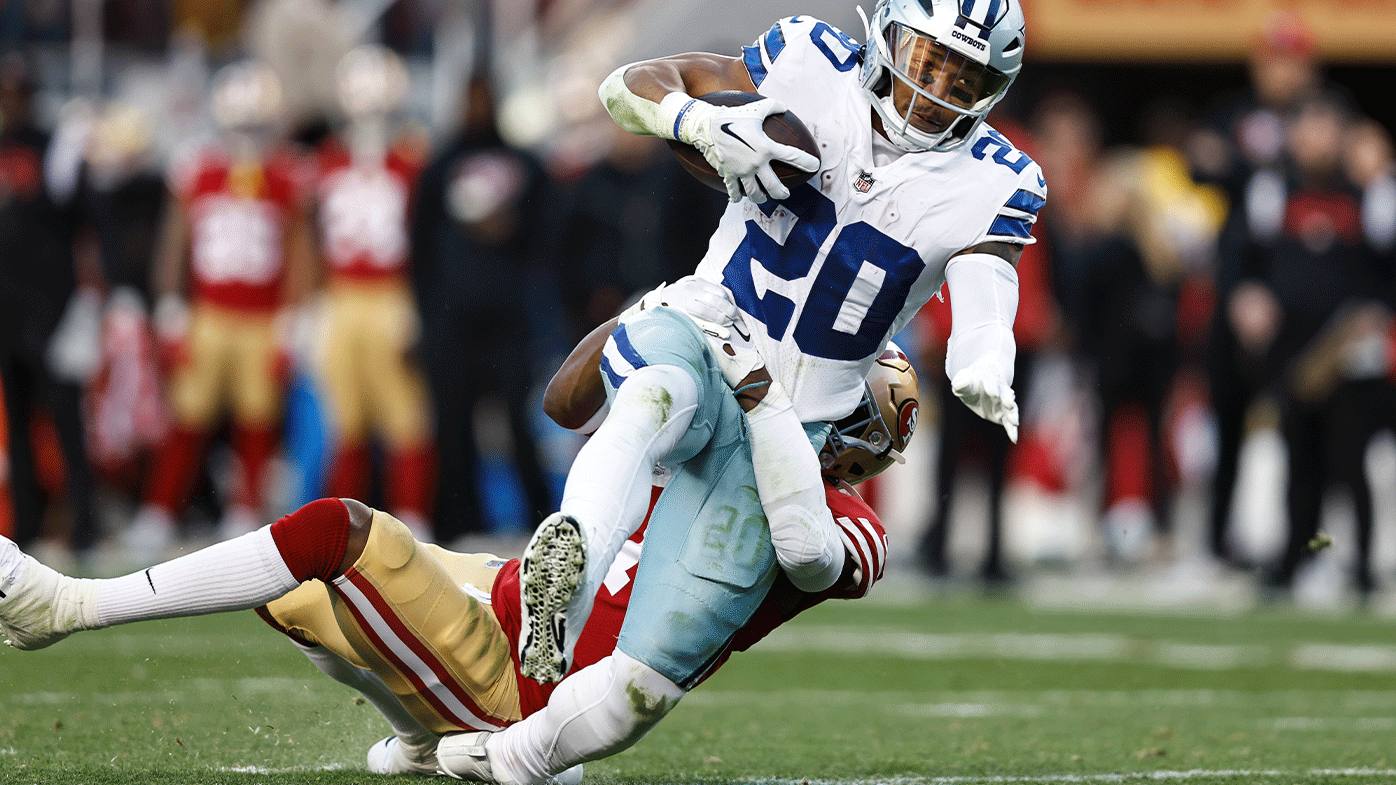In a move that likely shocks absolutely no one, NFL owners in Orlando on Monday got rid of what’s known as the “hip drop tackle” in the league.
That’s one change coming in 2024, and another is teams receiving a third challenge after one successful one (more below).
Oh, and they’ve changed kickoff rules – again.
The hip drop tackle, which involves what owners were told, and watched, is a swivel-like technique by the defender on the offensive player, has been criticized in recent years for being the focal point of several injuries, among them now-Tennessee running back Tony Pollard (then with Dallas) suffering a broken leg in a game against San Francisco because of the method.
In this AP story by Rob Maaddi (NFL owners unanimously approve a rule that bans the hip-drop tackle | AP News), Maadi quotes NFL executive Jeff Miller as saying 15 players were injured when the tackle was executed on them a season ago, and that it was used 230 times.
“It doesn’t get used very often, but when it is used, it’s incredibly injurious to the runner,” NFL Competition Committee chairman Rich McKay said. “The runner is purely defenseless. And I have heard defenders say it before, and I hear them, ‘Hey, you’re putting me in a really tough spot. You’re saying I can’t hit here. What do I do?’ And my response has always been, ‘Well, you can’t do that, and that’s just because the guy you’re hitting is defenseless and has no way to protect himself.’ So we’ve got to protect him and you’ve got to come up with other ways, and you know what, they do.”
In other news from the meetings:
- Rather than having to wait until after two successful challenges, teams will now receive a third challenge after a successful first one, it’s been reported.
- Kickoff rules are changing yet again.
For a regular kickoff, the ball will be kicked from the 35-yard-line, with coverage players lined up at the opposite 40, five on each side.
Only the kicker and the players back to return would be allowed to move until the ball either hits the ground or gets touched by a return man inside the 20-yard-line.
If a kick reached the end zone while still airborne, it can be returned, or the team can opt for a touchback – which will now be at the 30-yard-line.
But if a ball hits the return man or hits the ground before reaching the end zone, then goes into the end zone, a touchback would be at the 20. That’s a change from the current rule that any touchback results in the team getting the ball at their own 25.




